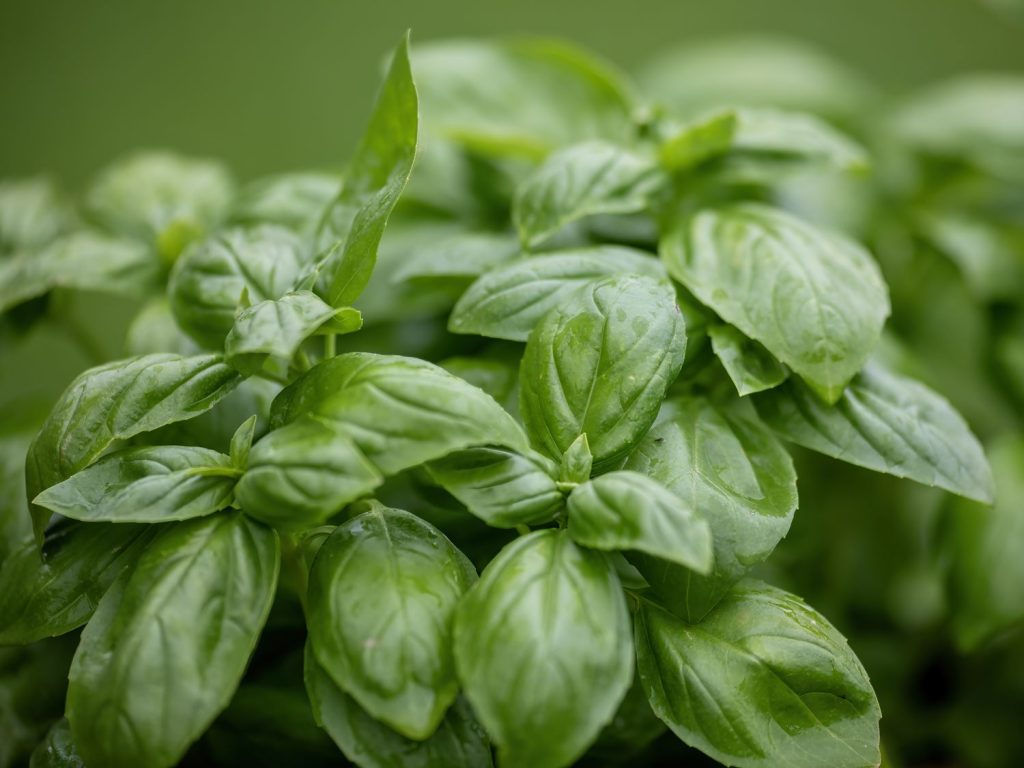:max_bytes(150000):strip_icc():format(jpeg)/how-to-harvest-basil-plants-GettyImages-2153155551-156f29912f324cb6a213b215a3400295.jpg)
Basil is beloved by gardeners and chefs because it’s easy to grow, has a distinctive flavor, and can thrive both indoors and outdoors. Plus, this delectable herb can be continuously harvested throughout the growing season with proper care and attention. Although harvesting basil is relatively simple, knowing the correct way to prune the plant will prevent damaging it and help encourage healthier growth.
Skip picking random leaves from your plant and use our expert guide to get the best harvest from your basil.
When to Harvest Basil
Timing is key when harvesting basil, which is why it’s vital that you harvest it before it flowers. “When you bring your beautiful little basil plant home, you need to understand that it has one objective in life—to produce flowers,” says Nathan Heinrich, a horticulturist and botanical designer. “And your objective, as a savvy plant parent, is to keep your basil plant from flowering.”
“This might seem counterintuitive, as we typically like it when our plants bloom,” he continues. “But if you allow your basil plant to bloom, it will no longer produce regular new green growth for you to add to your favorite recipes.”
He explains that once your basil plant flowers, a hormone signal is released in the plant that tells the plant that its job is done and now it’s time to rest. To keep your basil plant from going into “rest mode”, you need to prune it properly and regularly.
Jane Dobbs, an expert gardener and gardening team lead at Allan’s Gardeners, says that the best time to harvest basil is early in the morning, as that’s when the leaves are most concentrated with oils. “Ideally, you want to wait until the plant has at least six healthy leaves per stem or is at a height of 6-8 inches before you harvest it,” she advises.
How to Harvest Basil and Keep It Flourishing
Heinrich states that the key to keeping your basil plant producing new green growth for months is to cut all the main stems back by at least 25%. This will trigger your plant to produce new green growth, which you will need to cut back again before it has a chance to flower.
“When you prune, be sure to cut off a whole section of the stem rather than pulling off individual leaves. Pulling leaves off without pruning sections of the stems will leave your basil plant looking lopsided and unattractive,” he says.
He advises cutting just above a bud, and that you should never leave a long section of stem without a bud or leaves on it. “The goal is to promote uniform new growth throughout the entire plant, resulting in a more attractive appearance,” he explains.
Dobbs suggests pruning the plant by pinching or snipping off the leaves from the upper clusters using clean scissors or your fingers. “Just above a pair of leaves or a leaf node, cut or pinch the plant to encourage new branches, which will make it bushier and more productive,” Dobbs says. “It’s better to harvest from the top down, removing whole stems or clusters because plants grow fuller and less tall by doing this.”
“Remove no more than one-third of the plant at one time,” she adds. “Plants are able to photosynthesize and grow as long as they have enough foliage left.”
How to Store Your Basil Harvest
Once you properly prune your basil, you may have more than you can use before it spoils. The great thing is that there are several ways to store basil to keep it fresh and have it on hand for later use. “If you aren’t sure what to do with all the basil stems and florets that you get from doing an overall pruning, you can dry them, freeze them, or put them in a glass of water in your fridge to keep them fresh for days,” Heinrich suggests.
Frozen basil leaves can maintain their flavor and last between 3 to 6 months. Heinrich also recommends whipping up a batch of homemade pesto sauce with all your extra basil.
Frequently Asked Questions
How often should you harvest basil?Dobbs recommends harvesting basil every 1 to 2 weeks during the growing season. Plants that are consistently pruned tend to have a fuller appearance and are less likely to become leggy. She says that if flower buds appear regularly, you should pinch them off to encourage further growth. As soon as the plant flowers, it starts making seeds rather than leaves, which reduces the quality and yield of the leaves.
Can you grow basil year-round?Most types of basil prefer warm climates and are grown as annuals, but you can grow it year-round indoors. A basil plant can live over a year or longer inside with proper light and care. You can also propagate basil from stem cuttings to have more plants available for harvesting.
What growing conditions does basil require?Basil needs plenty of light, typically 6 to 8 hours of sunlight per day. It prefers warm temperatures and moist but well-drained soil. They are susceptible to root rot if overwatered, so it’s best to water deeply only when the top inch of soil is dry.

